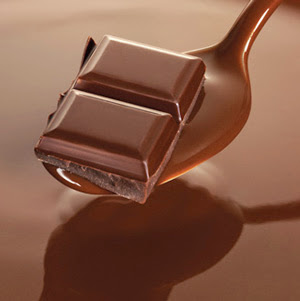
FRACTURABILITY is the tendency of a material
to fracture, crumble, crack, shatter or fail upon the application of a
relatively small amount of force or impact.
It is usually displayed by a
product of high degree of hardness and low degree of cohesiveness and is commonly
the textural property possessed by baked goods, snacks and generally 'dry'
products.
Fracturability encompasses
crumbliness, crispiness, crunchiness and brittleness. A material is brittle if
it is liable to fracture when subjected to stress. That is, it has little
tendency to deform (or strain) before fracture and usually makes a snapping
sound.
Assessing single point fracture
Sometimes you quite simply want to measure the
force to break something in the middle.
Many products exist in a solid bar form and as such their snap strength
– or force to break – is of interest.
A Three Point Bend test mimics the breaking of the product in half by supporting
a bar with guides positioned a suitable distance apart and pushing down
centrally with a curved blade from the top. A low force is indicative of a product which requires little effort by
the consumer to break whilst the distance at the break point indicates the
degree of flexibility, or conversely brittleness, that the product possesses.
 The KIEFFER DOUGH & GLUTEN EXTENSIBILITY RIG (A/KIE) was invented by Dr. Kieffer at the Kurt-Hess Institute, Munich, as an improved method for the accurate determination of dough and gluten extensibility.
The KIEFFER DOUGH & GLUTEN EXTENSIBILITY RIG (A/KIE) was invented by Dr. Kieffer at the Kurt-Hess Institute, Munich, as an improved method for the accurate determination of dough and gluten extensibility. 






































